 Palo Alto Stanford Heritage
Palo Alto Stanford Heritage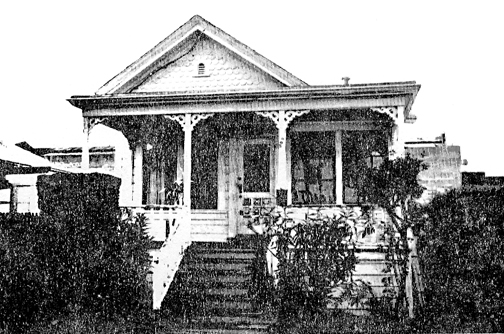 |
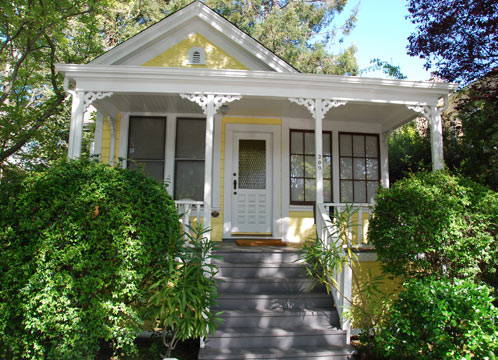 |
| Inventory photo |
The following is from the Historic Buildings Inventory as revised in 1985:
This one-story Queen Anne cottage has minimal decorative touches, fish-scale shingles in the gable, and jigsaw porch brackets. The brackets in particular are an unusual decorative feature in this area and almost seem a little large and out of scale for this modest house.
The porch has been filled in at one side, having apparently been originally L-shaped.
The Victorian mill-work on this Queen Anne-type cottage emphasizes its interest as a survival of early Palo Alto. Originally, it stood at 531-539 Waverley Street, and it was built for Professor Emery e. smith. smith was a remarkable self-taught horticulturist who came to California from Virginia as a youth and whose writings attracted the notice of Stanford's President David Starr Jordan. He appointed Smith as an assistance professor of horticulture despite his lack of advanced academic degrees.
At his Waverley Street home he developed an extensive botanical garden of over 3000 plant varieties. He advised on the planning of golden Gate Park, was one of the Five original Palo alto town trustees, was chief of horticulture for the San Francisco 1894 Midwinter Fair and horticulture consultant for the San Francisco expositions of 1915 and 1939, and founded the important engineering firm of smith, Emery & Co. in San Francisco.
During World War II he was government commissioner for iron and steel in the Western U.S.
In Southern California he established a successful commercial perfume farm and was a proponent of developing a cork oak forest for commercial investment at Stanford and elsewhere.
Upon leaving Palo alto for Danville in 1904, he deeded his property to Timothy Hopkins with the expectation that it would be bought —as it was—by the All Saints Episcopal Church, adjoining its rectory. When the church decided to have L. E. Kingham build a new rectory in 1910, Mrs. Bridget Cashel bought the house and moved it to her site at 209 Homer Avenue. Under her ownership and that of her descendants, it has always been rental property occupied by a succession of relatively short-term tenants.
A photograph of Professor Smith's botanical garden was published in the Palo Alto Live Oak on 9/22/1897.
This property is owned by Patricia Cashel Schmidt and John Cashel. (1985)
The following is from the Centennial Buildings Tour, prepared by The City of Palo Alto Historic Resources Board for the Centennial Building Celebration, April 16, 1994. The houses included on the tour were all identified as at least 100 years old:
This Queen Anne cottage was originally at 531- 539 Waverley Street. It was built for Professor Emery Smith, a remarkable self-taught horticulturist and assistant professor of horticulture at Stanford He advised on the planning of Golden Gate Park, and was one of the five original Palo Alto town trustees. The home was moved in 1910 to make way for an expansion of All Saints Episcopal Church.
The brochure for Does Palo's Heritage Hold a Future? "A Landmark Update" published for a walking tour arranged by the Palo Alto Historical Association (n.d.) states the following:
The Victorian cottage at 209 Homer was purchased by the Cashels [201 Homer] from the Episcopal Church. The former rectory was moved to the Cashel property and through the years has always been rented to Stanford students."
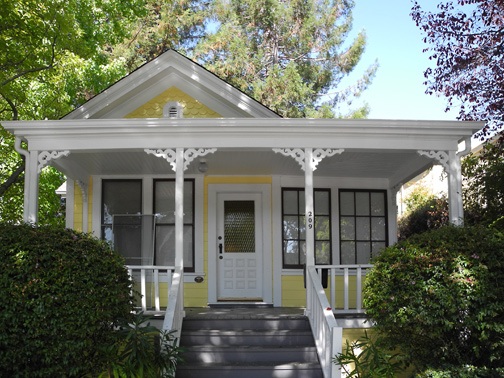 |
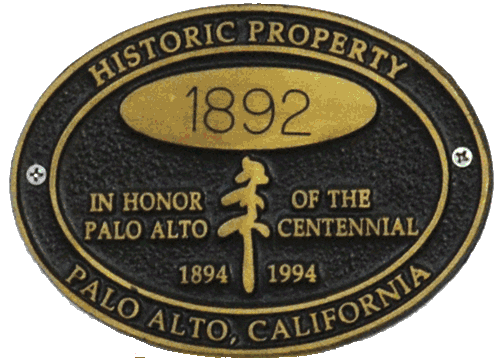 |
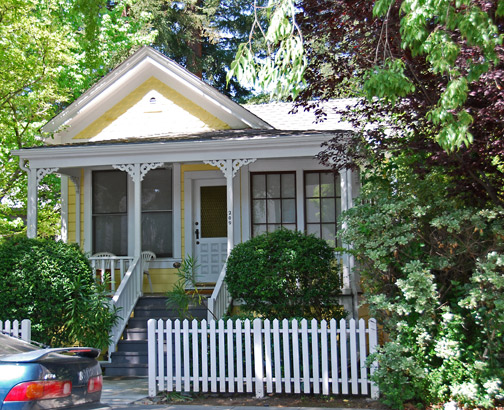 |
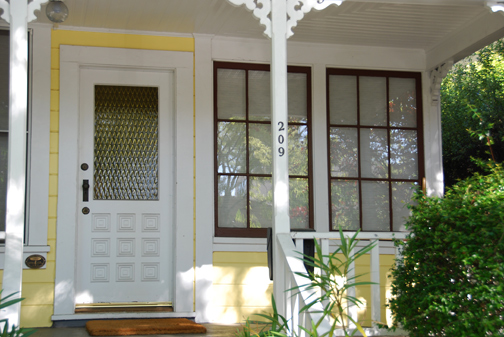 |
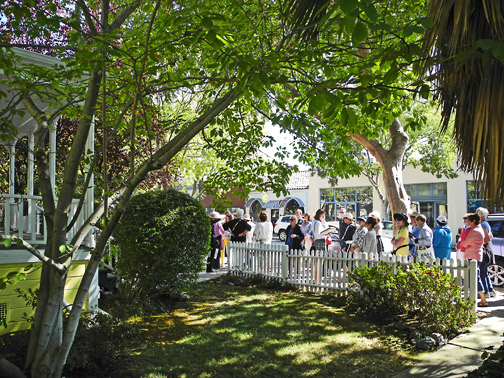 |
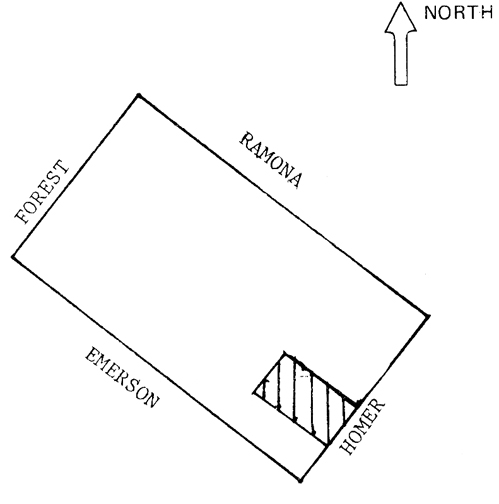 |
| PAST Homer Avenue Tour, September 22, 2012 | Location map |
This house was built in 1892–93 and is a Category 2 on the Historic Buildings Inventory. The builder was A. W. Caulkine and J. W. Wells built the barn and out-buildings. The property measures 50 by 100 feet.
Sources: Palo Alto City Directories; Palo Alto Times 8/25/93, 9/1/93, 12/15/93, 5/11/94, 8/10/94, 1/1/97, 12/14/04, 3/4/10, 6/21/19. 5/3/43, 6/2/43; Palo Alto Live Oak 12/9/96; San Francisco Chronicle 10/29/99; Palo Alto Historical Association file: Emery E. Smith obituary; interview 1981, Patricia Cashel Schmidt
E-mail us at either webmaster@pastheritage.org or president@pastheritage.org.
![]() Palo Alto Stanford Heritage—Dedicated to the preservation of Palo Alto's historic buildings.
Palo Alto Stanford Heritage—Dedicated to the preservation of Palo Alto's historic buildings.
Copyright © 2016 Palo Alto Stanford Heritage. All rights reserved.